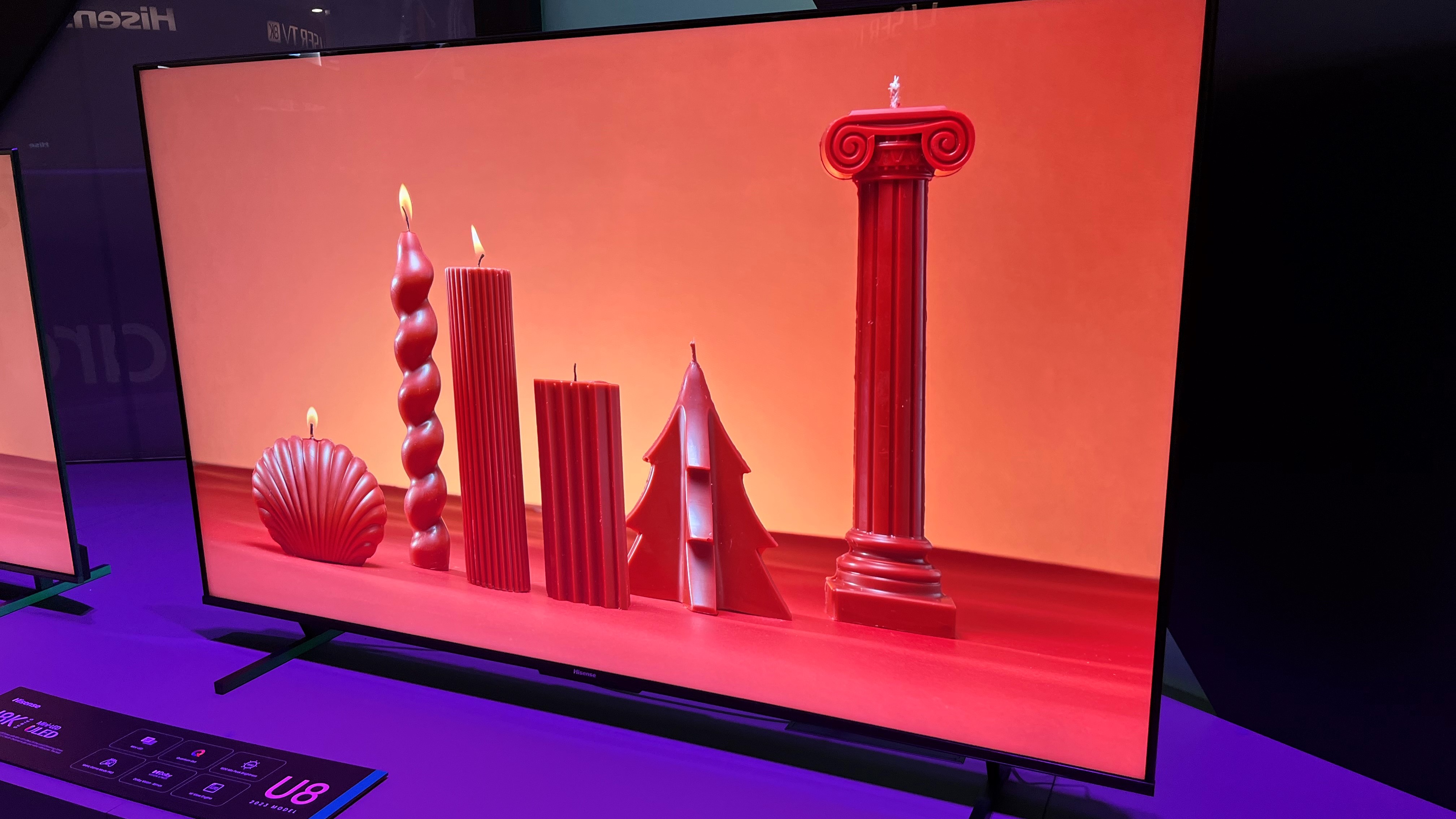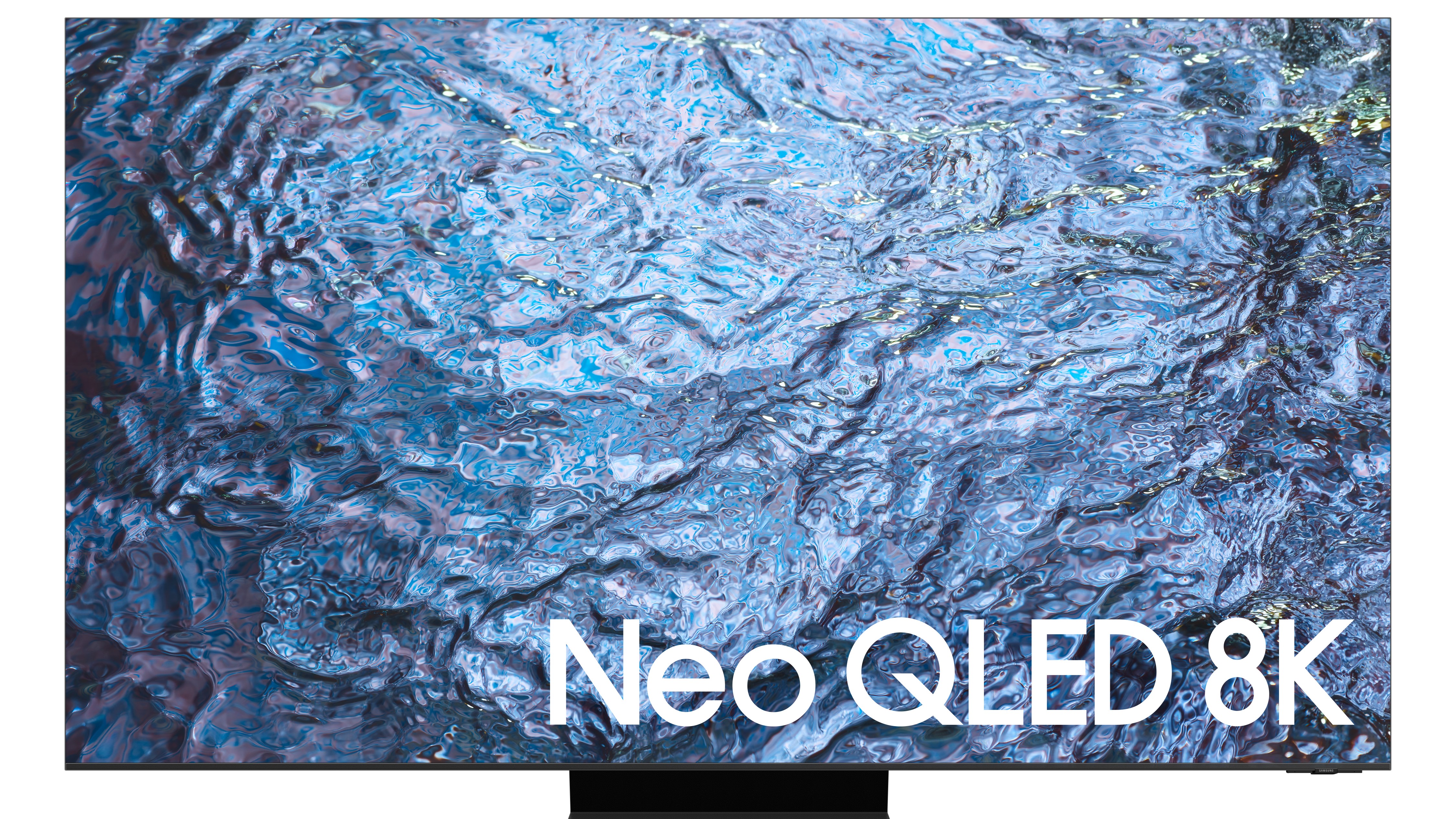Hisense TVs will be all mini-LED in 2023, and Samsung needs to do the same
Mini-LED should be mainstream

The mini-LED-driven “Neo QLED” TVs Samsung showed at CES 2023 were stunning to behold, and they proved the company capable of once again pushing the limits of that specific display tech. Even more impressive was its ability to do so while simultaneously improving the QD-OLED tech that made such a big splash when first introduced in 2022 for the company’s new OLED TV lineup.
Both Samsung’s S95B OLED and QN95B Neo QLED models ranked among the best 4K TVs we reviewed in 2022, and given what was on display at CES, I have high expectations for their successors. But I have one additional expectation of Samsung: that it will migrate its mini-LED technology to less expensive models rather than reserving it for the premium Neo QLED family.
The main reason why this needs to happen is competition. At CES 2023, the new TVs Hisense had on display consisted of four series that use mini-LED backlighting tech – a big change from 2022, when the company only released one series with mini-LED, the U8H. Hisense’s announcements included a 50-inch model that will sell for under $500 – a new low price for the display tech.
TCL, the first company to make wide use of mini-LED, preceding Samsung, Sony, and LG in that regard, also introduced a range of new mini-LED TVs at CES. Its QM8 series will be available in screen sizes ranging from 65 inches up to a staggering 98 inches and will provide up to two times the peak brightness and five times as many local dimming zones as last year's models, according to the company. Given TCL’s track record on price, these TVs should all be sold at a reasonable cost for what they offer.
Clearly, mini-LED competition is heating up, and 2023 looks to be the year the tech goes fully mainstream. That’s a great thing for TV buyers because, as good as the quantum dot layer found in many TVs, including budget models from brands like TCL, Hisense, Amazon, and Samsung, is at improving color rendition, the standard LED backlighting used in those sets has multiple performance limitations, with peak brightness and black uniformity topping the list.
And then there are cheap OLED TVs. LG’s C2, B2, and A2 OLED models for 2022 received impressive price drops toward year’s end when Black Friday and holiday sales kicked in. The new mid-range LG C3 model that the company announced at CES didn’t appear to provide a dramatic improvement over its predecessor when we assessed it. If that turns out to be the case – and we’ll know more when we do a full review – the C2 will be looking like a better deal than ever and a very desirable alternative to a budget QLED TV.

Mini-LED: variations on a theme
Samsung’s mini-LED models have been priced higher than comparable sets from Hisense and TCL for good reasons. There are two types of mini-LED tech, the more basic Package-on-Board (PoB) and the more advanced Chip-on-Board (CoB) variant. Samsung uses the latter and employs proprietary processing to improve picture quality. For the 2023 models alone, it has announced a new 14-bit Neural Quantum Processor with AI upscaling, along with a refinement of the Shape Adaptive Light Control first introduced in 2022 Neo QLED TVs.
Sign up for breaking news, reviews, opinion, top tech deals, and more.
According to the company, these provide “improved brightness and grayscale control to accurately render both luminance and extreme details across the whole screen,” and from what I saw at CES, Samsung isn’t blowing smoke.
But despite the obvious picture quality benefits here, buyers seeking a high-end TV may be more interested in the company’s new OLED sets, which deeply impressed me at CES. Samsung says these offer a 30% brightness boost over last year’s models, bringing peak light output to the same 2,000 nits range as top Neo QLED offerings.
And buyers interested in an even higher-end option might gravitate towards the company’s MicroLED TVs, which were displayed at CES in a much-expanded range of screen sizes, including a 76-inch MicroLED CX model that garnered one of our best in show awards. These have even better peak brightness and contrast potential than Neo QLED and QD-OLED, though even smaller-screen sizes, such as the 76-incher, will be prohibitively expensive.
We’ll learn more about Samsung’s mini-LED plans when it announces specifics on its various TV lineups, most likely at the end of March. But given the current state of competition in the TV arena, along with viewers’ raised expectations for what they can get for their money, more Neo QLED models at lower prices should be on the menu.

Al Griffin has been writing about and reviewing A/V tech since the days LaserDiscs roamed the earth, and was previously the editor of Sound & Vision magazine.
When not reviewing the latest and greatest gear or watching movies at home, he can usually be found out and about on a bike.